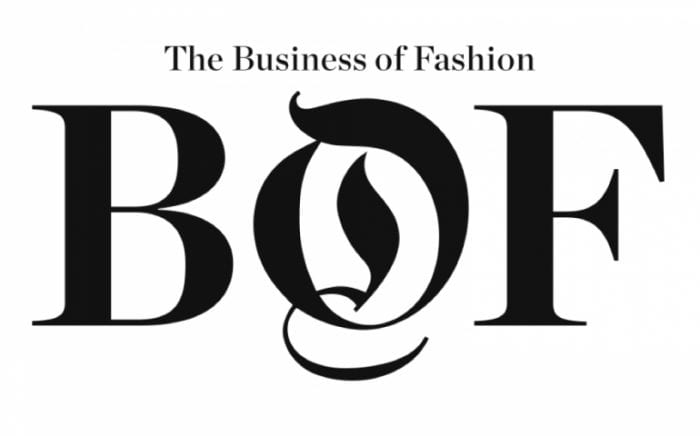Adaptive Fashion is Always in Style
Stephanie Thomas, adjunct professor in the Fashion Marketing program in the School of Business and in the Communication program in the School of Media, Culture & Design, is having a moment. Actually, a great many of them.
But then, in one of the most heartening signs of the times, so is the fashion industry, the disability community and popular culture generally. Stephanie recently returned from Paris after having received one of the highest honors from Business of Fashion at its “500 Leaders to Watch” event. She’s been featured in The Guardian, Vogue Business, People and Vox, among others. She delivered a wildly popular TEDx TALK, “Stephanie Thomas: Dressing with Disabilities,” she’s awaiting next spring’s publication of her book, Fitting In: The Social Implications of Fashion and Dressing with Disabilities, and she continues as founder and CEO of Cur8able, a company that specializes in providing styling solutions for people with disabilities.

An article published in The New Yorker in spring 2019 described Stephanie as “a stylist who is adept at choosing clothes for people with disabilities (known as adaptive fashion)… Thomas, who is a congenital amputee born missing digits on her right hand and feet, developed a system for styling clients with disabilities, based on three qualities: Accessible, Smart, and Fashionable.™ Thomas pointed out that adaptive fashion is on the rise. Brands such as Nike and Tommy Hilfiger now produce accessible lines.”
Or as she told Vox in 2018, “I style to empower and to educate. Styling lets you see the person before you see the disability.”
Talk about being on trend. As the Los Angeles Times reported, “although the multibillion-dollar global fashion industry has made efforts to embrace a wider range of body types, it’s way behind the inclusivity curve when it comes to dressing the estimated more than one billion people worldwide living with disabilities, according to a World Health Organization and World Bank report. That number includes more than 60 million Americans who might be looking for adaptive fashion options to fulfill their own sartorial needs as well as greater visibility in ad campaigns, on fashion runways and in Hollywood.”
In an interview with Vogue Business, Stephanie noted that the ADA, the Americans with Disabilities Act, mandates ramps and wheelchair-accessible dressing rooms but the clothing in those dressing rooms simply isn’t adaptive – yet. “There is beautiful clothing designed for every pet body type,” she said. “They have more fashionable options than people with disabilities… It’s attitudinal. People see the value in dressing their pets, and now people with disabilities are starting to be valued as fashion customers. A lot of the shift is simply social media. People who were once not seen are now seen.”
Curating and promoting disability-friendly clothing – with the express means of expanding the market — has been Stephanie’s life mission for more than two decades. “I always had this nagging feeling that I could never let go of,” Stephanie told People back in 2015. That in turn inspired her to create the “Disability Fashion Styling System,” or DFSS, in 2004. Built around the three main principles of accessibility, medical functionality and stylishness, the system helps to classify disability-friendly clothing.
“The goal of Cur8able is to create images that inspire and empower,” she said. Toward that end, Stephanie has assumed the mantle of “standards-bearer,” inspiring designers “to push boundaries and be more creative.”
“You have to keep in mind what you would want your closet and your life to look like if something were to happen to you,” she told People. “That’s what motivates me.”